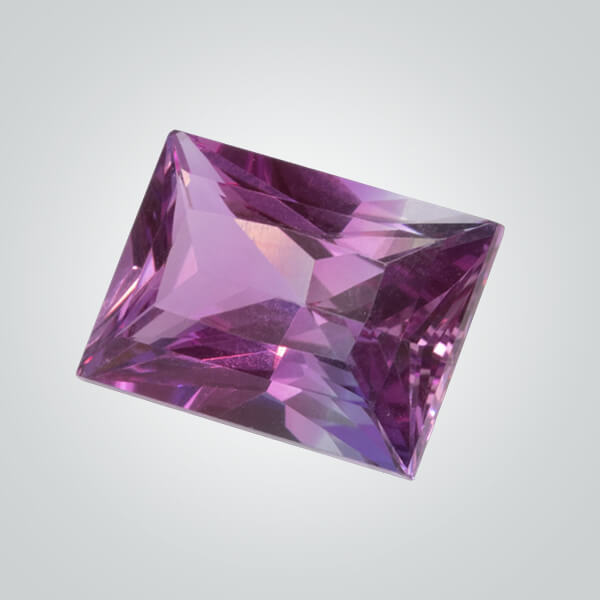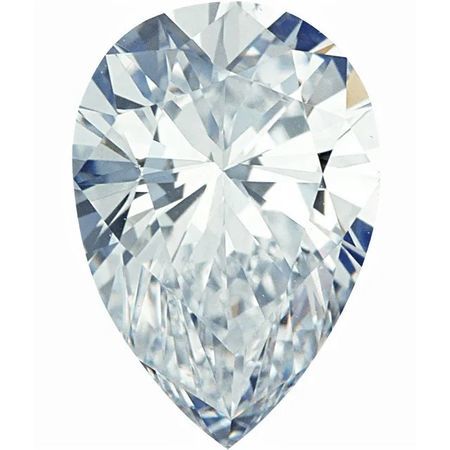Synthetic stones are frequently used in jewellery-making as an affordable substitute for natural stones. Modern technology is commonly used in laboratories to make synthetic stones, giving designers more control over the stones' size, colour, and clarity. Because of this, artificial stones may frequently imitate the look of real Synthetic Diamonds at a far lower price.
Synthetic Stone Types
Zirconia cubes
Cubic zirconia, a lab-created gemstone that resembles a diamond, is one common type of synthetic stone used in jewellery. While not as costly as a natural diamond, cubic zirconia possesses a comparable shine and brightness. It is frequently utilized in earrings, rings for engagements, and other jewellery.
Synthetic opals, synthetic corundum, synthetic rubies, and synthetic emeralds are other popular varieties of artificial stones used in jewellery. For those who prefer the look of natural stones but cannot afford the expensive cost, these stones provide a more cost-effective alternative.
Customers have a more cost-effective option when purchasing jewellery made of synthetic stones with the appearance and texture of natural stones.

Artificial sapphire
Synthetic sapphire is another common artificial stone used in jewellery and is frequently substituted for genuine blue sapphire. The same ingredients used to make natural sapphire are also used to make synthetic sapphire, although there is more control over the colour and clarity. This makes using a larger spectrum of colours and more uniform appearances possible. For those looking for green gemstones, Synthetic Emerald is a brilliant green gemstone that is so beautiful and cost-effective.
The process of creating artificial gemstones
Since the late 19th century, synthetic gemstone crystals have been created, and the necessity for them in industrial settings other than the jewellery business frequently drives their creation. The first achievement was producing artificial rubies that were suitable for cutting.
Depending on the kind of gemstone, many different techniques are employed to create it in a lab artificially. The question of how synthetic gemstones are made cannot be satisfactorily answered.
Benefits: Less expensive than genuine gemstones, frequently hard to tell apart from the actual thing
The claims that synthetic gemstones are "more environmentally friendly" and "more sustainable" are common, although they are not. Mining natural gemstones responsibly is more sustainable for both people and the environment.
Cons:
Value always diminishes
Additional characteristics of the stone
Unsuitable for financial investment

Do artificial gems have any value?
Most synthetic stones are far less common and less expensive than natural ones. When opposed to synthetic gems, natural jewels possess an air of rarity; for example, a natural pearl collected from the ocean may cost hundreds or even thousands of times more than a synthetic one.
How to Spot Man-Made Gemstones
Even for specialists, identifying "real" gemstones and correctly classifying a stone can be difficult. Even though a specialist with a trained eye can tell genuine gemstones from cheap imitations or fakes, identifying a piece's origin or treatments might be challenging without scientific testing.
In any case, you should only buy gemstones with a certification from a liberated gemological laboratory or institute if you want to be sure you are getting a natural gemstone.
In summary
In summary, natural gemstones have a distinct intrinsic value and can be a long-term investment, although they typically cost more than synthetic stones. Although synthetic stones are a standard option for personalized jewellery, the beauty and worth of natural stones must be replaced.